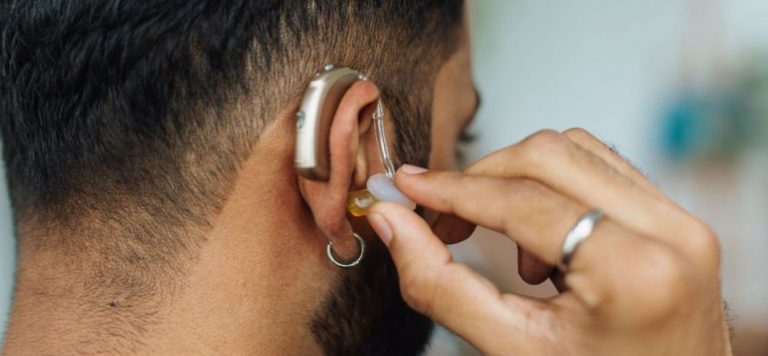7 Signs of Breast Cancer
Breast cancer is one of the most common cancers affecting women worldwide, though it can also affect men. Early detection significantly improves the chances of successful treatment, making it essential to understand the warning signs and symptoms. This article outlines the most common and important signs of breast cancer to watch for, helping individuals become more informed and proactive about their breast health.
1. A New Lump or Mass in the Breast or Underarm
One of the most well-known and common signs of breast cancer is the presence of a new lump or mass in the breast or armpit (axilla). These lumps can vary in texture, size and mobility. A cancerous lump is more likely to be hard, irregular in shape and painless, but not all lumps are the same. Some may be tender or soft, and not all are cancerous—many are benign (non-cancerous) conditions such as cysts or fibroadenomas. However, any new lump should be evaluated by a healthcare provider.
2. Changes in Breast Size or Shape
Noticing a sudden change in the size, shape or contour of one breast compared to the other may indicate a potential problem. While slight asymmetry between breasts is normal, a noticeable and sudden difference could be a sign of underlying issues, including a tumor or inflammation.
3. Skin Changes on the Breast
Skin changes can be subtle but important signs of breast cancer. These include:
- Dimpling or puckering of the skin, sometimes resembling the texture of an orange peel (known as peau d’orange), which can be a sign of inflammatory breast cancer.
- Redness or scaling of the breast skin, which may be mistaken for a rash or infection.
- Thickening of the skin in one area of the breast.
Such changes should not be ignored, even if they are not accompanied by pain or a lump.
4. Nipple Changes or Discharge
Nipple-related symptoms are another key area to watch for. These include:
- Nipple retraction, where the nipple turns inward instead of pointing outward.
- Unusual discharge, particularly if it is bloody, clear or occurs without squeezing the nipple.
- Scaling, crusting or redness around the nipple, which can sometimes mimic eczema but may signal a rare form of cancer known as Paget’s disease of the breast.
Any unexplained nipple discharge or changes in appearance should prompt a clinical evaluation.
5. Breast Pain or Discomfort
Although most breast cancers are not associated with pain, some people do experience discomfort in the affected area. Persistent, localized pain in one part of the breast that does not resolve over time should be discussed with a healthcare provider, especially if it is new and not linked to the menstrual cycle or other known causes.
6. Swelling or Thickening in the Breast or Underarm
Swelling in part or all of the breast, even without a distinct lump, can be a symptom of breast cancer. Similarly, thickening of tissue in the breast or armpit area may indicate changes in the lymph nodes, which play a role in the body’s immune response. Enlarged lymph nodes in the underarm or around the collarbone can be one of the first signs that cancer has spread.
7. Visible Vein Changes
In rare cases, the appearance of newly prominent veins on the surface of the breast can signal increased blood flow to a tumor or blockage caused by a mass. While veins can become more visible for many non-cancerous reasons, a sudden change should be checked out.
Being Breast Aware: Regular Self-Exams and Screening
Understanding the normal look and feel of your breasts is a key step in early detection. Performing regular breast self-exams can help you notice changes more quickly. While self-exams are not a replacement for medical screening, they empower individuals to be more familiar with their own bodies.
In addition to self-awareness, routine screenings such as mammograms play a crucial role in detecting breast cancer before symptoms appear. Guidelines vary, but most health organizations recommend that women begin mammography screening between the ages of 40 and 50 and continue annually or biennially depending on individual risk factors.
When to See a Doctor
You should consult a healthcare provider if you notice any of the following:
- A new lump or mass.
- Persistent breast pain.
- Changes in skin texture or appearance.
- Nipple discharge or changes.
- Swelling or thickening of breast tissue.
- Any unexplained asymmetry or change in breast size.
While many of these symptoms may not be due to cancer, only a healthcare professional can determine the cause and recommend appropriate next steps, such as imaging tests or a biopsy.

